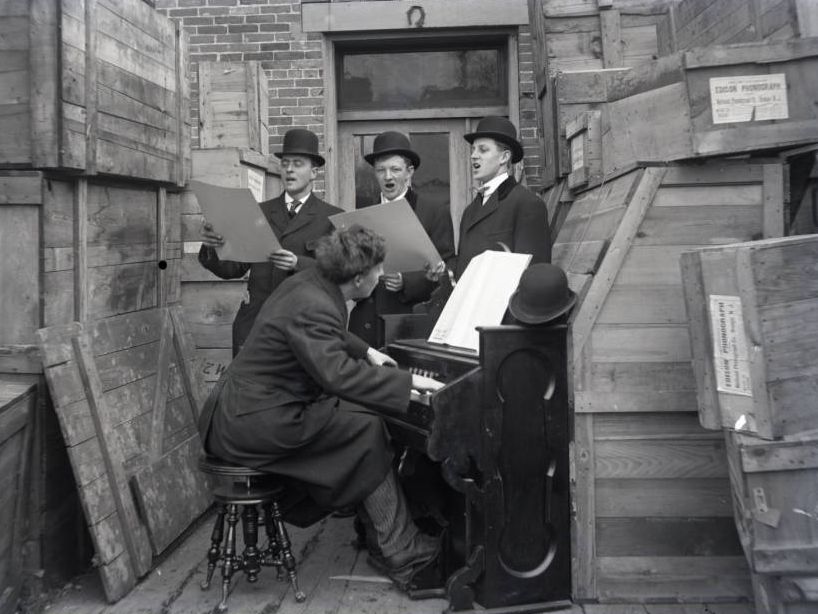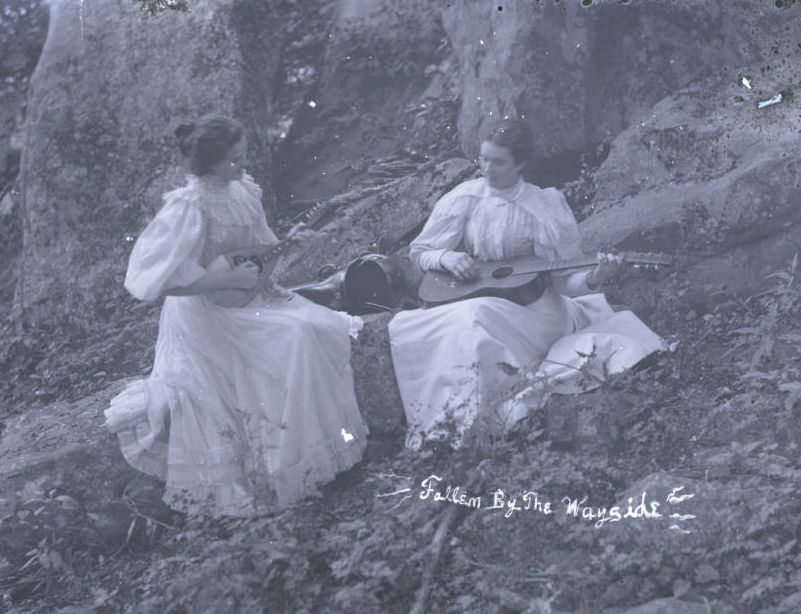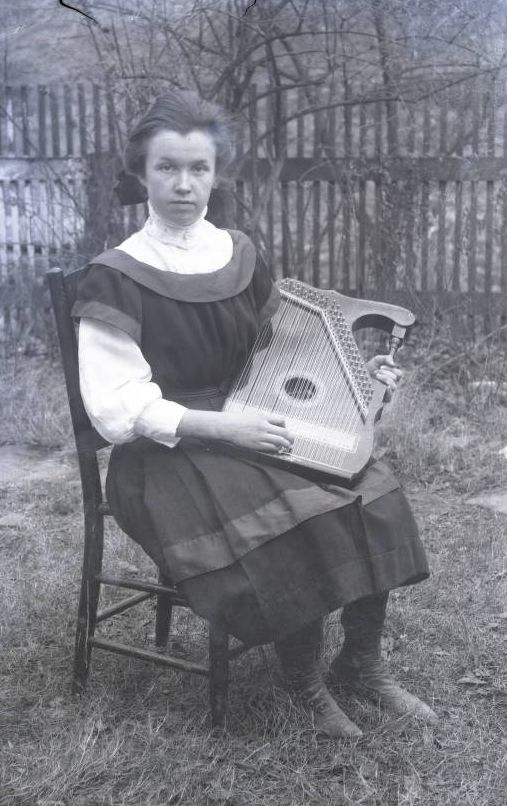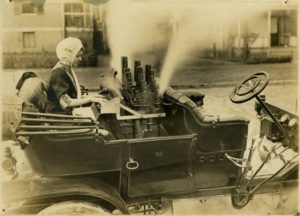Music from the Past

It’s summertime, and that means the weekends are filled with festivals all around Ohio! This weekend will mark both the Coshocton Dulcimer Days Festival in Coshocton County and the Washboard Music Festival–“Ohio’s Most Unique Music Festival”–in Logan, where the Columbus Washboard Company still operates as the country’s only remaining washboard manufacturer. Both of these events celebrate Ohio’s musical traditions, focusing on a particular instrument. In honor of these fun-filled festivals, let’s take a look at some of the many musical instruments found in Ohio Memory!


The Dulcimer Days Festival, now in its 43rd year, has as its mission “to preserve a part of our Appalachian heritage by focusing on its music,” and offers workshops, jam sessions, private lessons, concerts and musical competitions. The dulcimer, a type of stringed instrument related to the zither and appearing in various forms, is not found on Ohio Memory, but other traditional Appalachian instruments can be found courtesy of photographer Albert J. Ewing.
Ewing plied his trade largely in southeast Ohio and central West Virginia, many times capturing his subjects with their prized personal possessions for a portrait. Often his subjects posed with their instruments, and the Ewing Collection is populated by banjo players, fiddlers, guitarists and more. The women pictured above in an image titled “Fallen by the Wayside” harmonize with a guitar and what looks like a small mandolin–both commonly found in folk music in Ohio and the surrounding region.
In the photograph at left, a young woman who was photographed by Ewing poses with her mandolin harp, a stringed instrument that reached its peak in popularity during the late 1800s and early 1900s and is more closely related to the dulcimer than to either a mandolin or a harp! Considered a “fretless zither,” the mandolin harp (sometimes called the American mandolin harp) played one note per string because of the absence of frets or a fingerboard. Decorative flourishes and body shapes like the instrument pictured characterize mandolin harps of this period.

Another unusual instrument from Ohio Memory can be seen at right. This steam calliope was used in a touring car owned by E.E. Eisenbarth, proprietor of a traveling entertainment show. A calliope, also known as a steam organ, was a musical instrument commonly used on riverboats or in circuses. It functioned by forcing steam (later replaced by gas and then compressed air) through the whistles seen rising vertically, resulting in an incredibly loud performance that was audible over a great distance.
If you can’t make it to one of the great local festivals taking place this weekend, why not explore some musical history on Ohio Memory? You might find George Bird’s Musical Majorettes, an orchestra from the Girls’ Industrial School ca. 1910, the Zoar brass band, Daniel Emmett’s violin, a family sing-along at the melodeon, or a great deal on pianos!
Thanks to Lily Birkhimer, Digital Projects Coordinator at the Ohio History Connection, for this week’s post!



Leave a Reply
You must be logged in to post a comment.